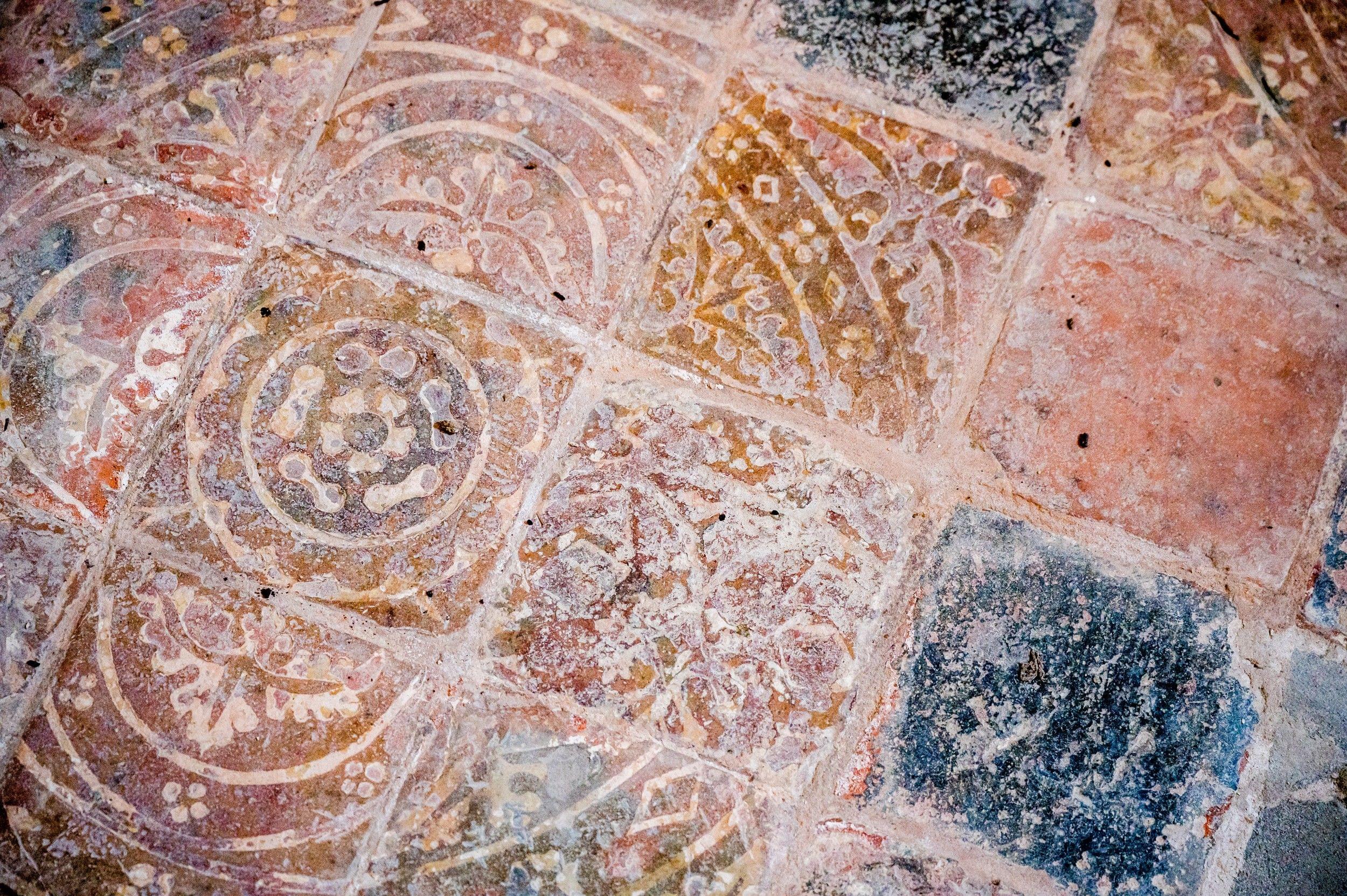St Mary & St Cewydd
Cusop, Herefordshire
Close to the book town of Hay on Wye, St Mary’s has some original Norman features including the blocked up ‘devils door’ in the north wall.

Situated below Little Mountain, Holy Trinity commands fine views towards the Radnor Hills and Herefordshire.
Hardwicke, Herefordshire
Built by the Penoyre family who have owned land locally for over 500 years and consecrated in 1851, its first vicar was the Revd WT Napleton Stallard Penoyre.
Formerly part of Clifford, Hardwicke parish was formed in 1853. On Revd Stallard Penoyre’s death in 1856 Revd Thomas William Webb became vicar and remained for nearly 30 years until his death in 1885. He was a renowned amateur astronomer and author of several books on the subject, most famously ‘Celestial Objects for the Common Telescope’ which became a standard resource for astronomers across the world until well into the 20th century. His friends included Revd Robert Francis Kilvert whose diary has received worldwide acclaim as a unique description of life in mid Victorian times.
There are particularly fine stained glass windows, and the single manual Walker organ has a Grade I certificate from the British Institute of Organ Studies on account of its unusual pipe decoration. The nave roof, constructed in oak, has fine carvings of flying angels on the ends of the hammer beams and the church has a distinctive bellcote with two bells.
Cusop, Herefordshire
Close to the book town of Hay on Wye, St Mary’s has some original Norman features including the blocked up ‘devils door’ in the north wall.
Whitney On Wye, Herefordshire
This peaceful little church was built in 1740 to replace one which was destroyed by the River Wye.
Dorstone, Herefordshire
St Faith's was rebuilt twice in the 19th century but still contains evidence of the original early 13th century church and in 2018 the bells were rehung for full circle ringing after 70 years of silence.